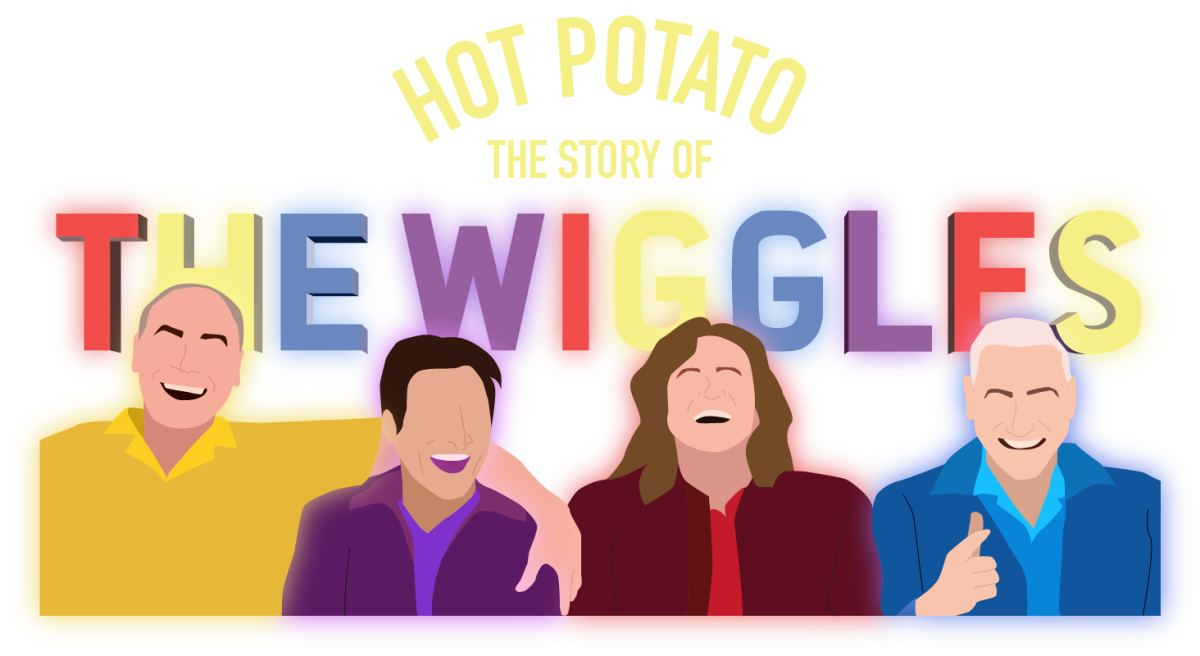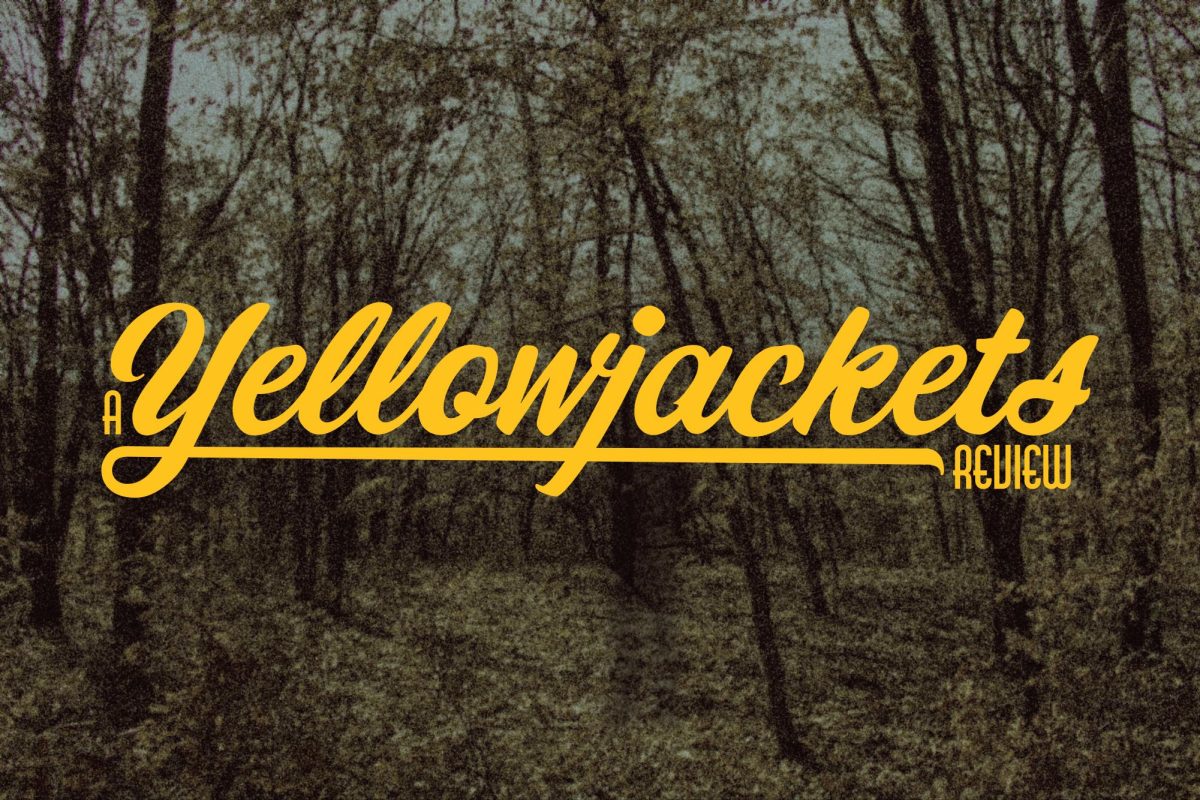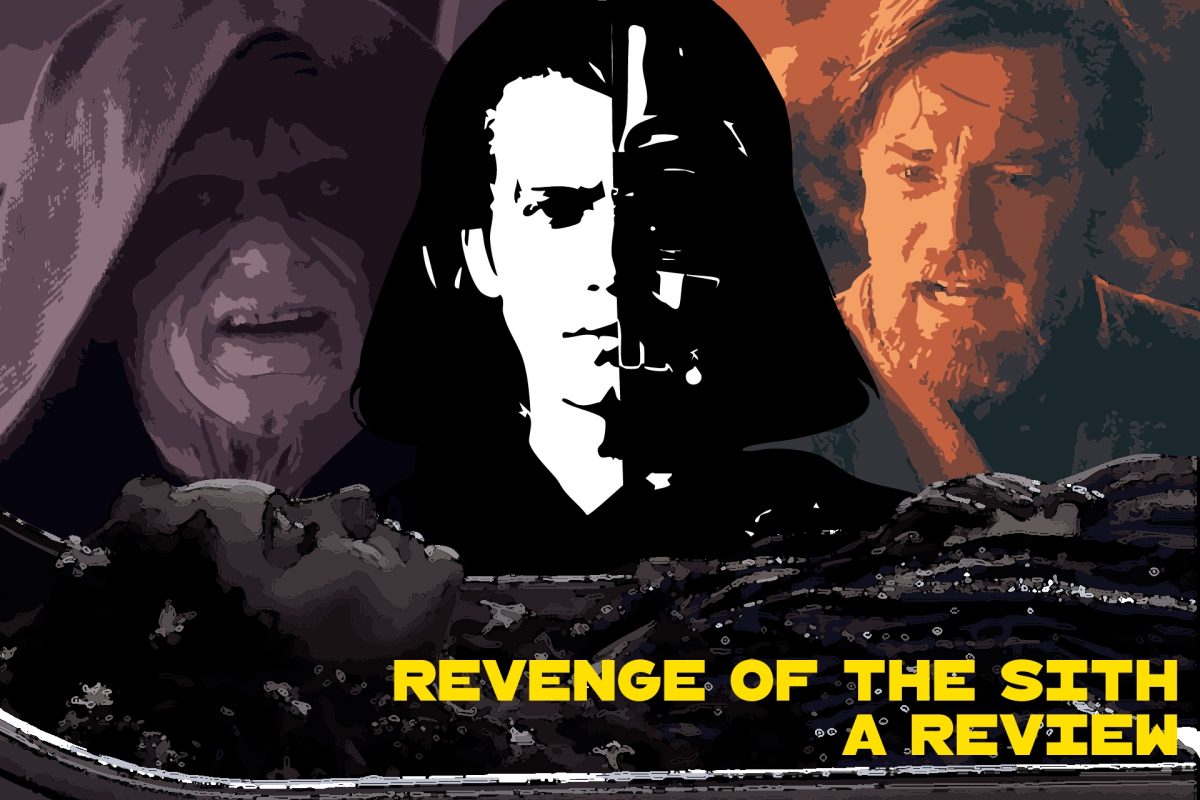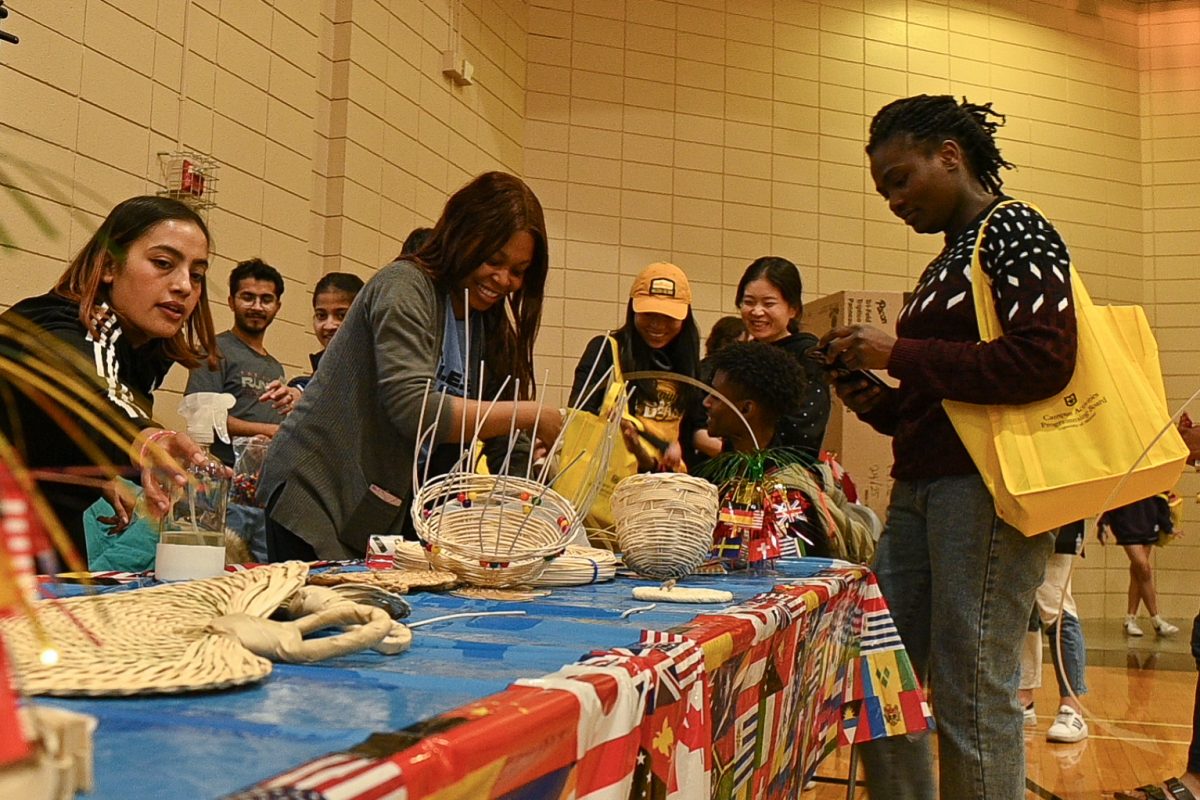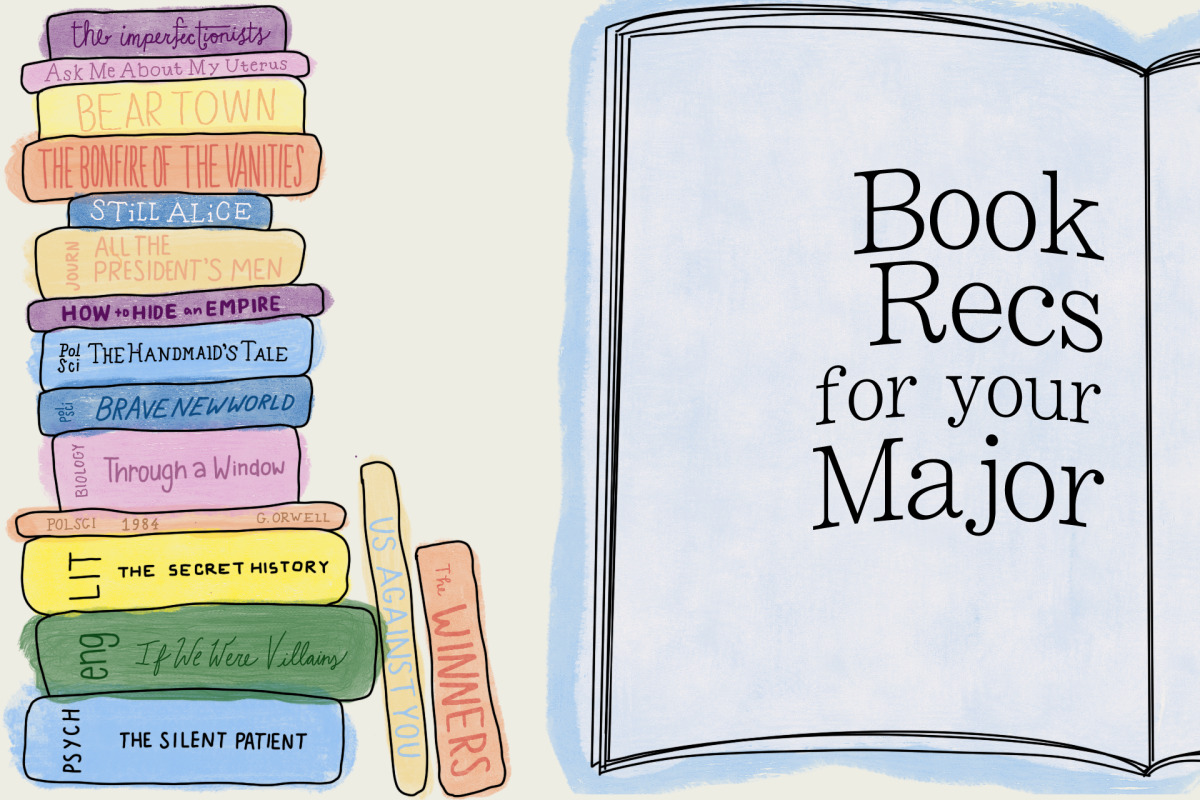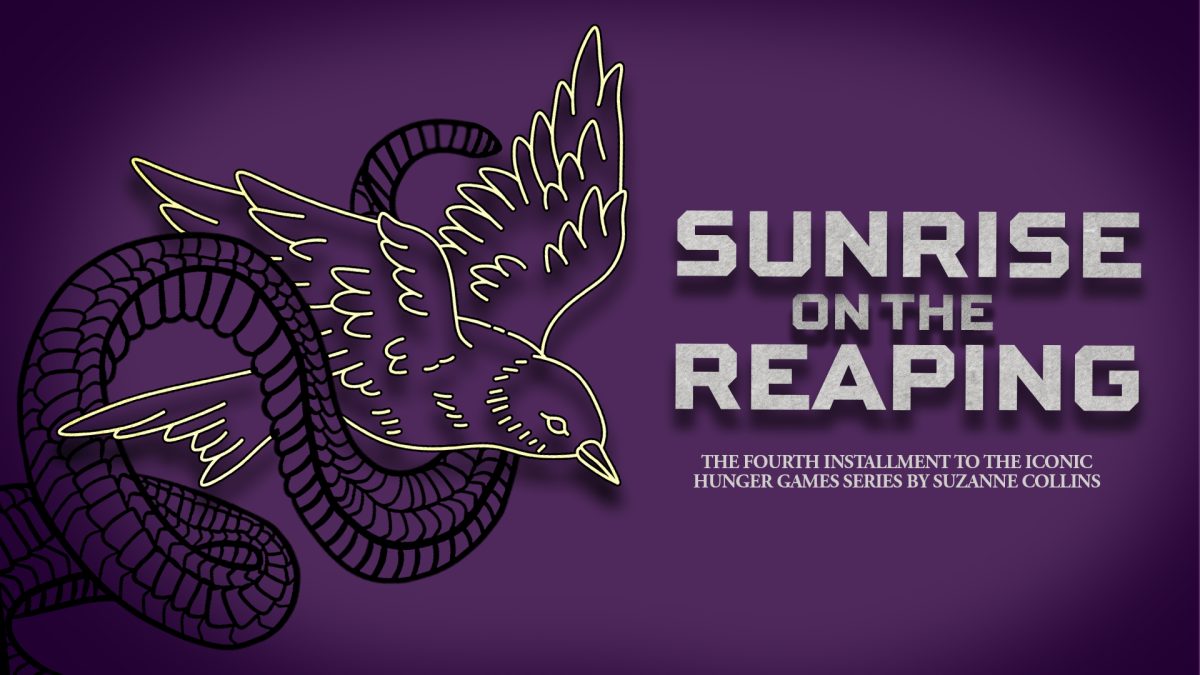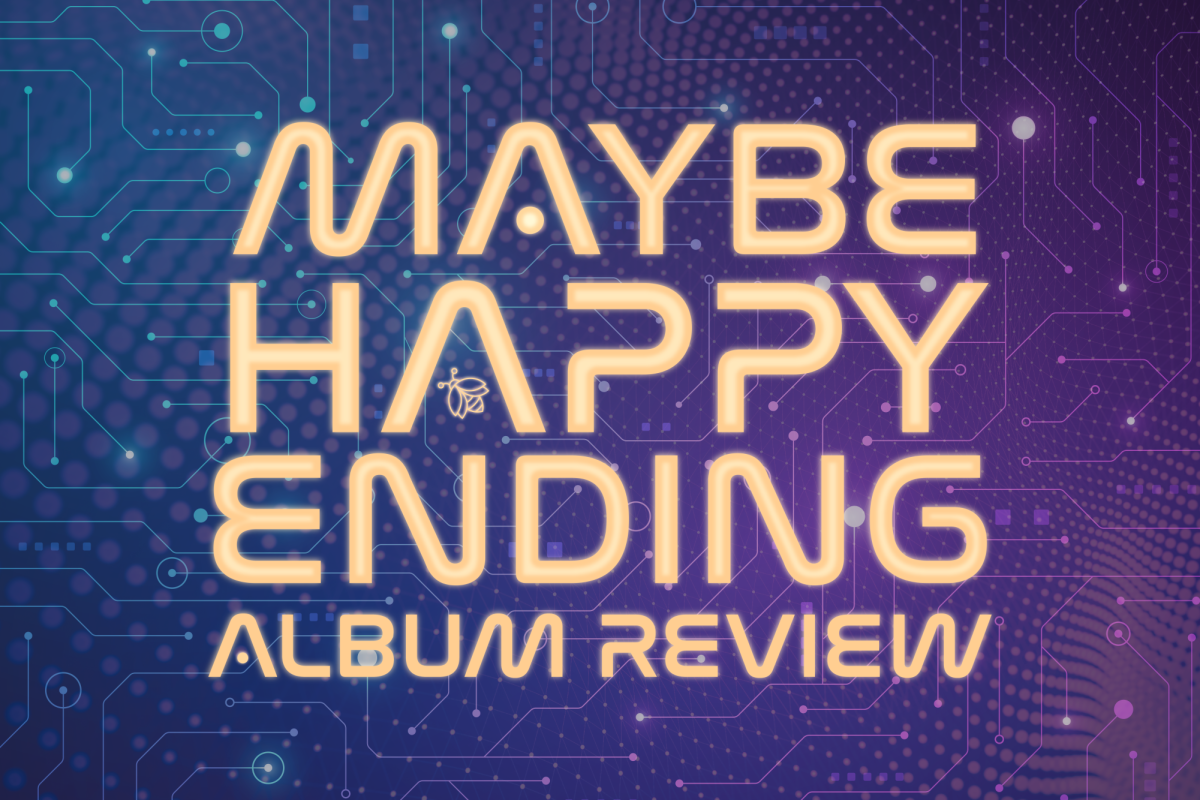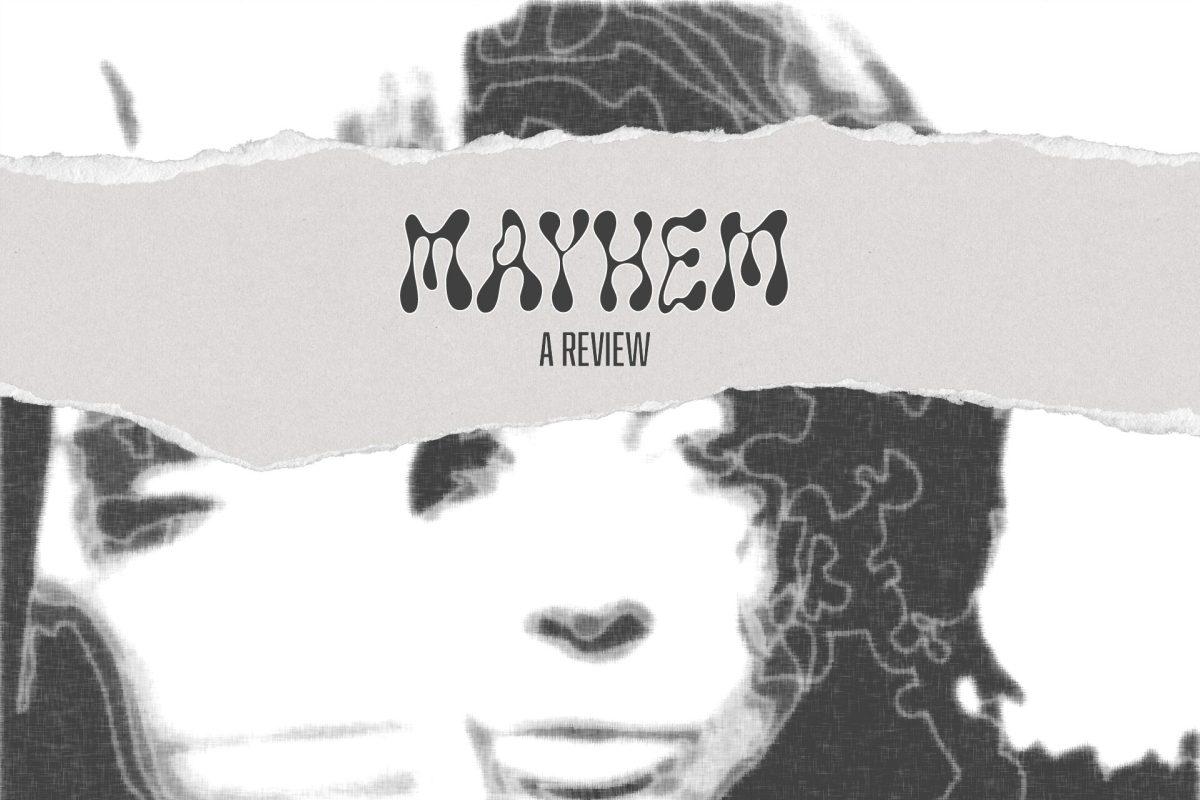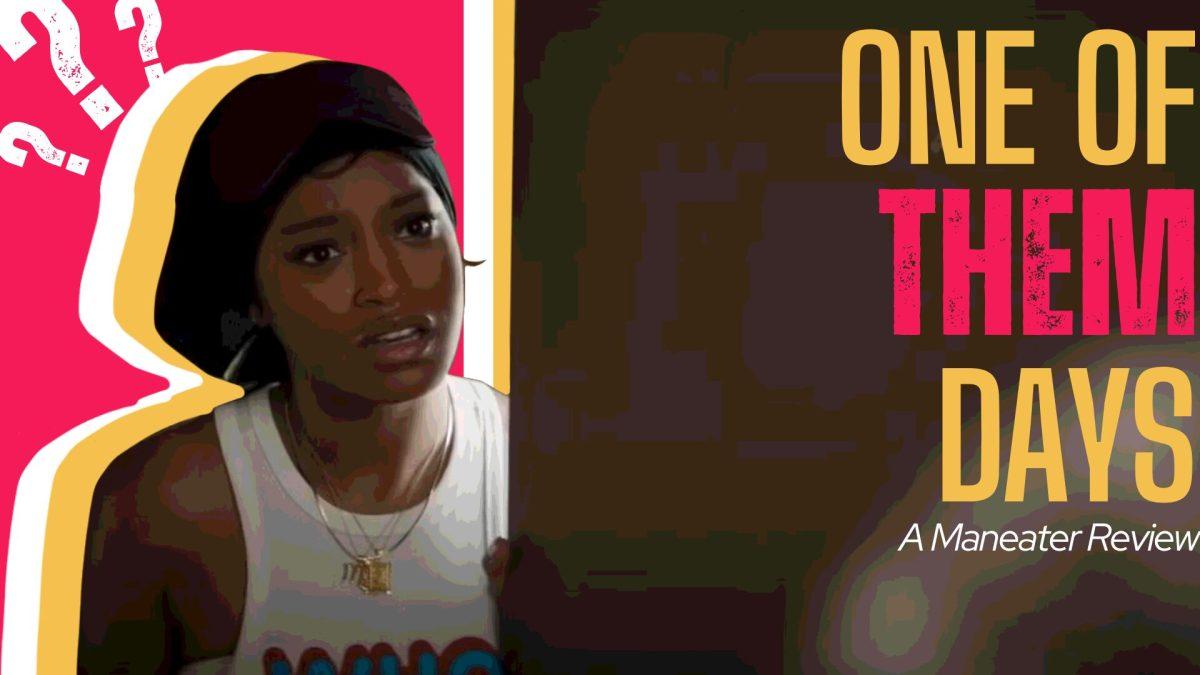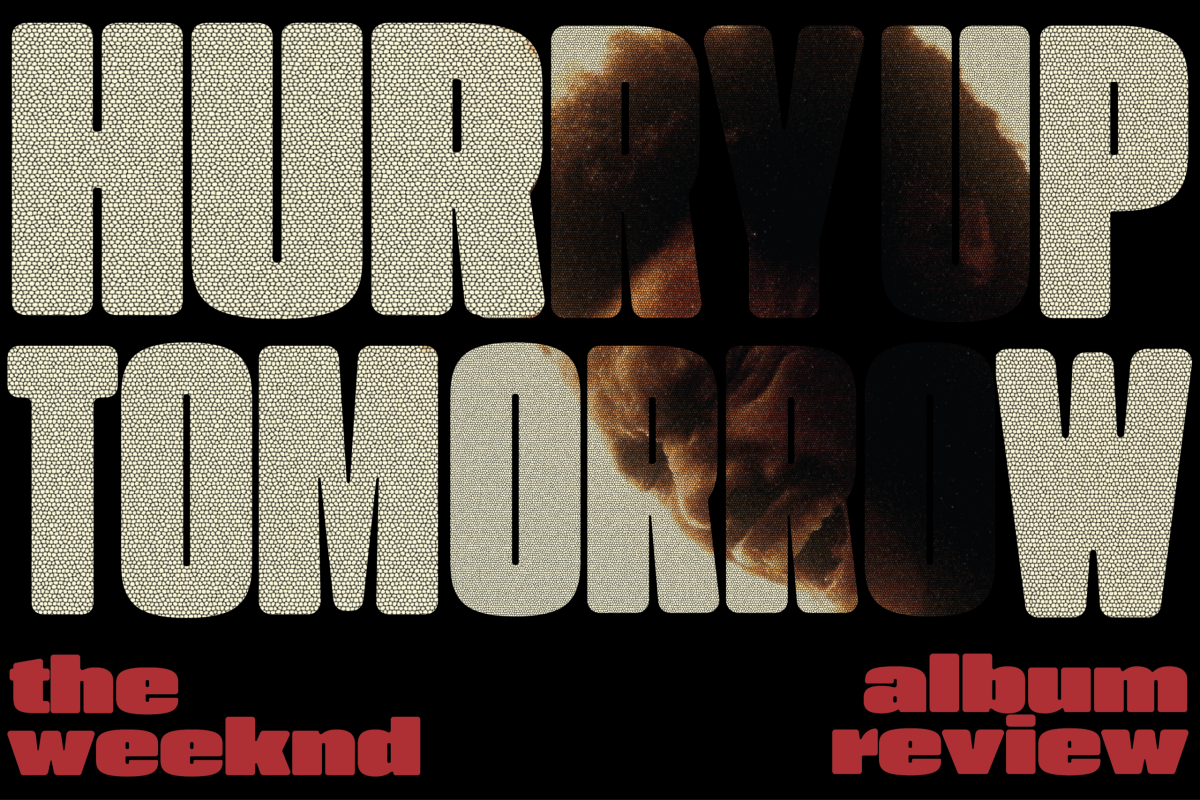The documentary, streaming on Amazon Prime, explores the band’s path to fame.
When Kid Laroi brought the Wiggles out on stage for his Australian tour in June 2022, the crowd sang every word. Laroi and the band had never collaborated on any music. There was nothing to suggest that his audience would overlap with theirs — but that is the iconic power of the Wiggles.
Formed in Sydney in 1991, the children’s music group has in many ways raised several generations of kids, most of whom are now grown up. They have released over 70 albums, gone platinum and double-platinum and received multiple Australian Recording Industry Association music awards for their work.
However, because of their appeal to younger audiences, they have a rare form of stardom. For those who were around at their beginning, the Wiggles are beloved, but not entirely remembered.
When interviewed, MU students said they would go to a the Wiggles concert given the chance. But they have trouble recalling what an episode would look like or who their favorite member was.
“I remember what it felt like to watch them,” said MU freshman Rex Chukwusom. “But I don’t really remember them.”
And as a child who was plopped in front of the brightly clothed singers whenever my mom had something to do without me bugging her, I remember the Wiggles the same way. I remember the feeling, I remember the songs, but only through the fuzzy lens of my childhood. I feel quite old when I hear their music, because I know the words but do not remember hearing them.
This phenomenon is not helped by the fact that the members of the Wiggles have changed multiple times over the years.
“It’s weird because my young cousin is watching the same show I watched over a decade ago, but it’s not the same people I watched,” said MU freshman Emily Flagg. “And I know that because I don’t know these faces. But I also can’t picture … the faces of my Wiggles.”
So, when I watched their new documentary, “Hot Potato: The Story of the Wiggles,” released Oct. 24, I prepared myself to feel overgrown, like a kid too big for their first bike. But I was pleasantly surprised.
The movie is not made for the Wiggles’ current audience, who sit between the ages of a few weeks and a few years, but for those who have been around since their conception. In the film, each hit song is dissected from its creation to the world’s reaction, the familiar melodies expanded upon until they feel brand new again. This includes the reasoning behind each song’s creation, like how a potato was only chosen for the titular hit song “Hot Potato” because they thought kids wouldn’t know what a tamale was. Introducing each song, a band member will pick up an instrument and play an acoustic version while background on the song is given, before the film segues into a live performances from back in the day. It gives a strong impression that you’ve witnessed the song from its birth to its peak.
In reconnecting with their initial audience, the band could have made the same mistakes that many stars with traditionally younger audiences have made when broadening their age range; they could have shocked their audience with explicit behind the scenes details. The documentary discusses details like the blue Wiggle Anthony Field’s struggles with mental health, and whether the band ever used their star status to hook up with hot moms — the answer is left suggestively ambiguous. But none of these details are presented without grace. Emma Watkins, the yellow Wiggle from 2012 to 2021, puts it best.
“Because I grew up with the original Wiggles,” Watkins said in the movie, “They were like mythical celebrities from my childhood that were remaining in my brain as my childhood memory.”
The documentary manages to humanize the members of the band without warping who they were to us as children. Instead of feeling distanced from my childhood, I was transported back to it.
Edited by Alex Goldstein | agoldstein@themaneater.com
Copy edited by Hannah Taylor and Sterling Sewell | ssewell@themaneater.com

